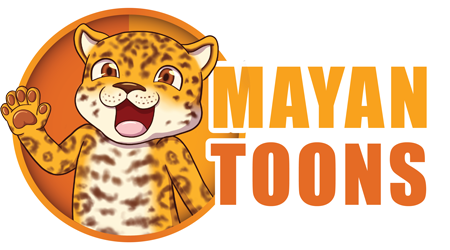Spiders come in every size and shape
And most spider webs are not like ones in Charlotte’s Web storybook for children. Indeed studying the architecture of spider’s webs in Guatemala could keep you busy in forests and fields for decades.

Every year I see new structural designs of webs of different species of spiders. So very quickly you learn that not all webs are the same layout; here are webs which look like apartment house porches in the Highlands of Guatemala.
Getting to know spiders in your home or office
It is instinctive to destroy all spider webs and to crush any spider you see on the ceiling, floor, or wall.
But why? 99% of spider species will not sting or bite you (unless you pester them). Besides, spiders are the most efficient way to control flies and mosquitos in your home or office.
If you hire an exterminator company to spray your house to get rid of bugs, you are asking for someone to put potentially dangerous chemicals on every wall, floor, and ceiling (and all over your furniture).
We do allow employees to spray their personal work area against blood sucking mosquitos, but otherwise, no insecticide is allowed to be used inside or outside the FLAAR office or residence.
And, we ask the cleaning staff not to use brooms or brushes to sweep away the spider webs. So, after several years of this eco-friendly lifestyle, we have enough happy spiders all over the house to create a veritable zoo.
My bathroom has exclusively Daddy Long Legs
The humidity of showers in the bathroom may be one cause that the primary spider species here being Daddy Long Legs. I estimate there are about five to eight. I never touch them and they never touch me. Often one has an egg sac with them.

These spiders are in many different places in the office but prefer to be in the bathroom. Often we see them with one of the spiders carrying the mass of eggs. It is nice they are family oriented.
Behind every painting on the wall is a spider nest
The most common species inside the office and residence is a spider with what appears to be a messy mass of miscellaneous silk. These spiders tend to come out mainly at night.
Best way to see them is to put a cockroach in their messy mass of silk. As the cockroach twitches, the spider comes out. Often the next morning I find the spider asleep, next to the cockroach corpse (the spider evidently gets so over-filled from an insect the size of a cockroach, it falls asleep at its dining table).
Spiders over my desk
Half of the ceiling light bulbs have spiders living inside the ceiling (behind where the ceiling fixture tries to fit into the ceiling). The light bulb directly over my desk had a spider for at least three years. I believe it was the same spider since it got bigger every year.
I was visibly sad when one morning I found it on the floor, dead, next to a cockroach. I bet the combined weight of the spider and the cockroach caused both to fall three meters to their death.
Hopefully eventually a new spider will take up residence here. But in the meantime, the offspring from three years have massive nests all over the office.
The baby spiders could come down from their ceiling nest, down to in front of my computer monitor, on their own single thread. I would take about 20 cm of this thread and move the thread and spider at the end, to one of the walls, so it could go find a place to make its nest.
Spiders outside around the office building
Outside the spiders here are more similar to those in North America: concentric circles of gorgeous web structure. It is amazing to see how wide a space a spider can get its web across.


Each eco-system has different species of spiders and often very different sizes and shapes of webs.
Spiders are welcome both inside and outside since they help get rid of flies and mosquitos.
It is unfortunate that people spend money to have their home and office sprayed with lethal insecticide when the spiders cost nothing. Plus you can entertain yourself by learning about all the different sizes and shapes of spider webs.
|
Legal Warning: do not imitate Dr Nicholas, since your local spiders may not be in tune with you, and may indeed sting, bite, or inject venom. To our knowledge, none of the species inside or outside our particular house are venomous, but the Violin Spider elsewhere here in Central America, or Black Widow back in USA, are not spiders you should encourage to be all over your office. |
The present stage of our storyboards is featuring animals. However we have decades of experience doing high-resolution photography of the rare flowers of Guatemala, El Salvador, and Honduras.
We specialize in studying utilitarian plants, used by the Maya for thousands of years.
Update March 08, 2016.
First posted during Thanksgiving week, November 2015.
